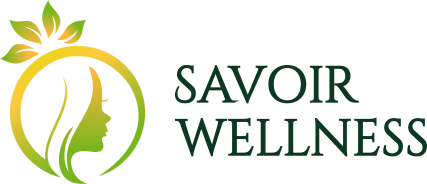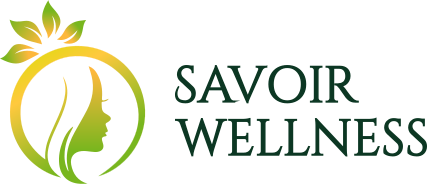What is Rosacea?
Rosacea is a chronic, inflammatory skin condition that causes redness and visible blood vessels in your face. It may even be accompanied by swollen pus-filled bumps which if untreated can spread to the chest and back as well.
Causes
- Genetics– Rosacea can be passed from one generation to another.
- Bacteria– Research has shown that people with rosacea have overactive immune system due to a bacterium called Bacillus Oleronius.
- Mites– A mite called Demodex Folliculorum which lives on everyone’s skin but if present in excess may irritate your skin and cause rosacea.
- Other Factors– Factors like sun damage, spicy foods, cosmetics, etc. may trigger rosacea by increasing blood flow to the face.
Pathophysiology
The exact pathophysiology of rosacea is unknown. Different factors like environment, stress, genetics, and hormones trigger an innate immune response and neurovascular degeneration causing the blood vessels to flare up. However, the precise correlation is still not understood.
Complications
If rosacea is left untreated, the following complications may arise:-
- Severe eye complications that can lead to cornea damage
- Rhinophyma (Unusual enlargement of the nose)
- Development of anxiety due to social and emotional stigma
Signs And Symptoms
Apart from redness and pus-filled bumps on your face, there are other symptoms associated with this condition. These are:
- Stinging and burning of the skin
- Eye dryness and irritation
- Swollen and reddened eyelids
- Enlarged nose
- Patches of rough and dry skin on the face
Except for the redness and bumps, other symptoms are generally not permanent and may come and go depending on the condition of your skin.
Treatment
- Laser Treatment– Laser therapy so far is the most effective treatment for rosacea. These target different conditions like redness, bumps, dryness as well as thickening of the skin. There are different types of lasers available which target different symptoms.
- Erbium YAG Laser– This laser is used to correct the excess tissues on the nose and the visible blood vessels.
- Pulsed Dye Lasers– In this treatment, light is pulsed through the visible blood vessels. The dye present alters the color of the light beam to reduce redness and inflammation.
- CO2 Lasers– These are usually used to treat rhinophyma or reshape any other part of the face for scars.
- Intense Pulsed Light Therapy (IPL)– This is different from other laser therapies as it doesn’t use a single beam of light to treat it. Instead, it uses several wavelengths of light together to treat rosacea. It is a form of photorejuvenation and targets the deeper layers of the skin without disturbing the epidermis.
- Chemical Peels– A chemical peel can be a great way to treat mild to moderate rosacea. These peels contain various chemicals like salicylic acid which helps reduce inflammation and redness of the skin. A proper regimen as recommended by the dermatologist should be followed after using it.
Duration
The treatment duration varies from four weeks to many months depending on the condition of your skin. Visit a good skin clinic or an expert skin doctor for outstanding results.

